Plotting Poetry 7: 2024
Visualization of humorous rhetorical patterns in classical Japanese poetry
Bor Hodošček
Osaka University
Hilofumi Yamamoto
Tokyo Institute of Technology
Introduction
Purpose of Study
To verify whether the humorous rhetorical patterns found in the Kokinshū (ca. 905) can be applied to the Hachidaishū (ca. 905-1205).Waka
Classical Japanese poetry (waka; lit. Japanese songs) is a fixed form of poetry with 31 syllables and a 57577 rhythm.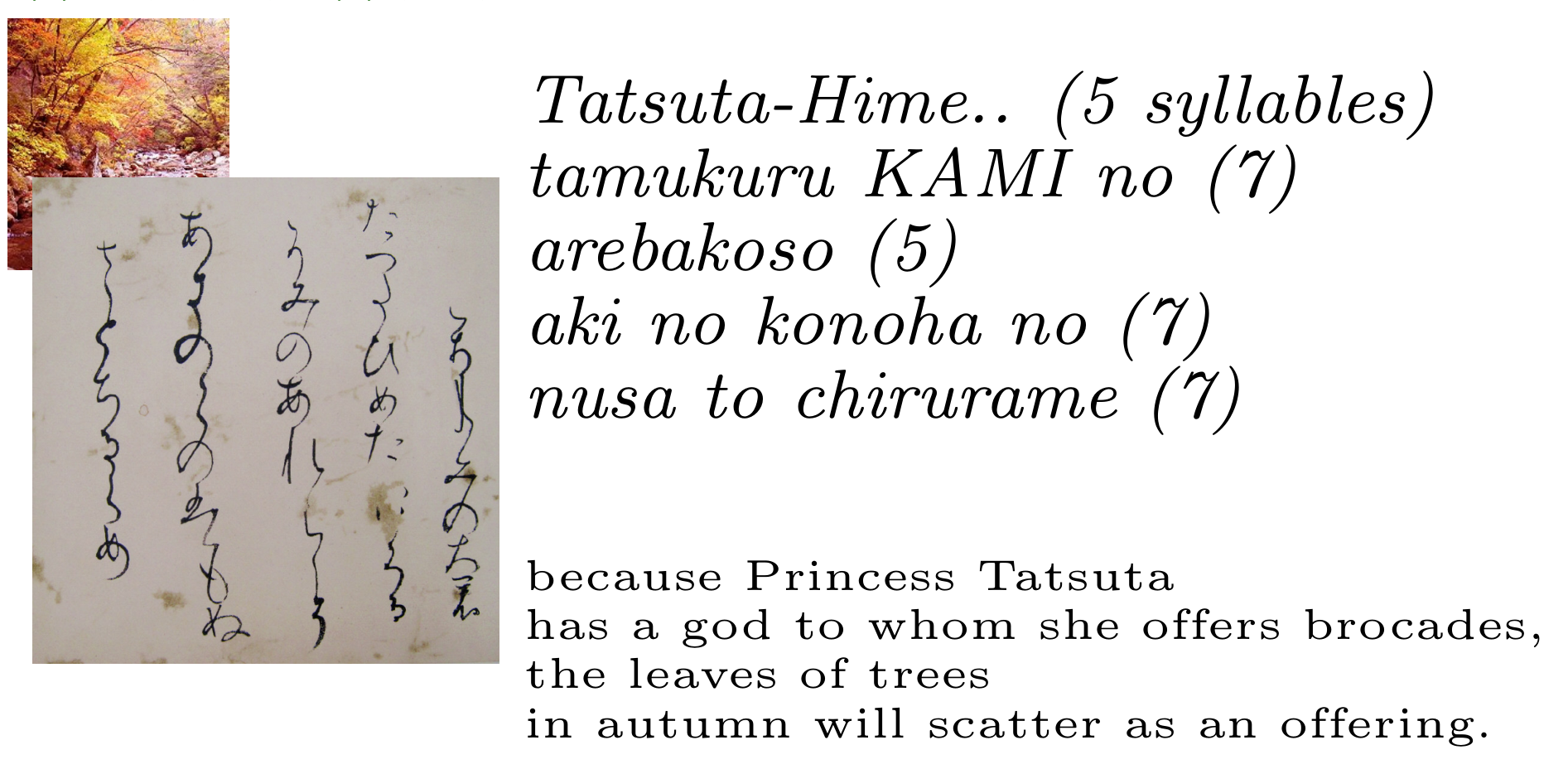
under the order of Emperors such as:
- the Manyoshū (ca. 759),
- the Kokinshū (ca. 905),
- the Shinkokinshū (1205), etc.
Hachidaishū/"Eight anthologies"
- Kokinshū (ca. 905),
- Gosenshū (ca. 950),
- Shūishū (ca. 1005),
- Goshuishū (1086),
- Kin'yōshū (ca. 1124),
- Shikashū (ca. 1152),
- Senzaishū (1188), and
- Shinkokinshū (1205).
The themes of waka are diverse.
nature, love, seasons, landscapes, human relationships, life, death, religion, mythology, history, satire, customs, scenery, elegance, taste, and charm...
However, the expression of human emotions and actions is rarely directly expressed.
Singing Scenes
Utaawase is a poetry contest.
Utakai is a gathering where waka is recited.
Waka was mainly poetry recited for solemn occasions in the imperial court.

a Big Gap...
The humor expressed secretly, is subtle,
but it contains a sense of humor created from
gaps
between
the playfulness
and
the seriousness.
- Human emotions and actions are often implied through things and landscapes.
- The techniques of expression in waka are generally referred to as waka rhetoric.
- Waka rhetoric is not dependent on the topic; however, humor is intricately embedded within its devices.
Unfortunately, there is little research on rhetoric that focuses on humour.
Five typical techniques in waka rhetoric:
- Makura Kotoba : pillow words; five-syllable words
- Jo Kotoba : prefatory words; long decorative words
- Kake Kotoba : wordplay; puns
- Engo : allusion; associative word games
- Honka Dori : parody; imitation of famous poems
These are all explicit techniques and are well known.
- Filling in the research gap: Structural analysis of humour (laughter) in Waka poetry using visualization.
- To analyze the humour in waka poetry from the Kokinshū to the Shinkokinshū, a period of 300 years.
- After explaining the data format of the Hachidaishū we published on Zenodo and the outline of the visualization system, we show the humorous waka and its modern translation.
- We will analyze waka poems including humor from the Shinkokinshū based on the characteristics of humorous waka poems in the Kokinshū using the visualization system.
Methods

Figure 1. Nightingale/warbler; illustrated by Yoshio Yamamoto.
- "Waka is created by using the heart of people as seeds and singing a thousand words as songs." (literal translation from the kana preface to the Kokinshū, Kananojo)
- Indirectly, animals and nature are often personified.
- In this paper, we analyze how people's hearts, especially humour (laughter), are expressed in waka poems about the warbler.
- Therefore, we will explore the movement of people's hearts, especially that of humour, contained in waka poems using computational techniques, especially visualization.
- We use the Hachidaishū as the material with the cooccurrence weighting method, cw (Yamamoto, 2006), which calculates the weight of patterns of any two words occurring in a poem sentence.
Extraction of Content Elements

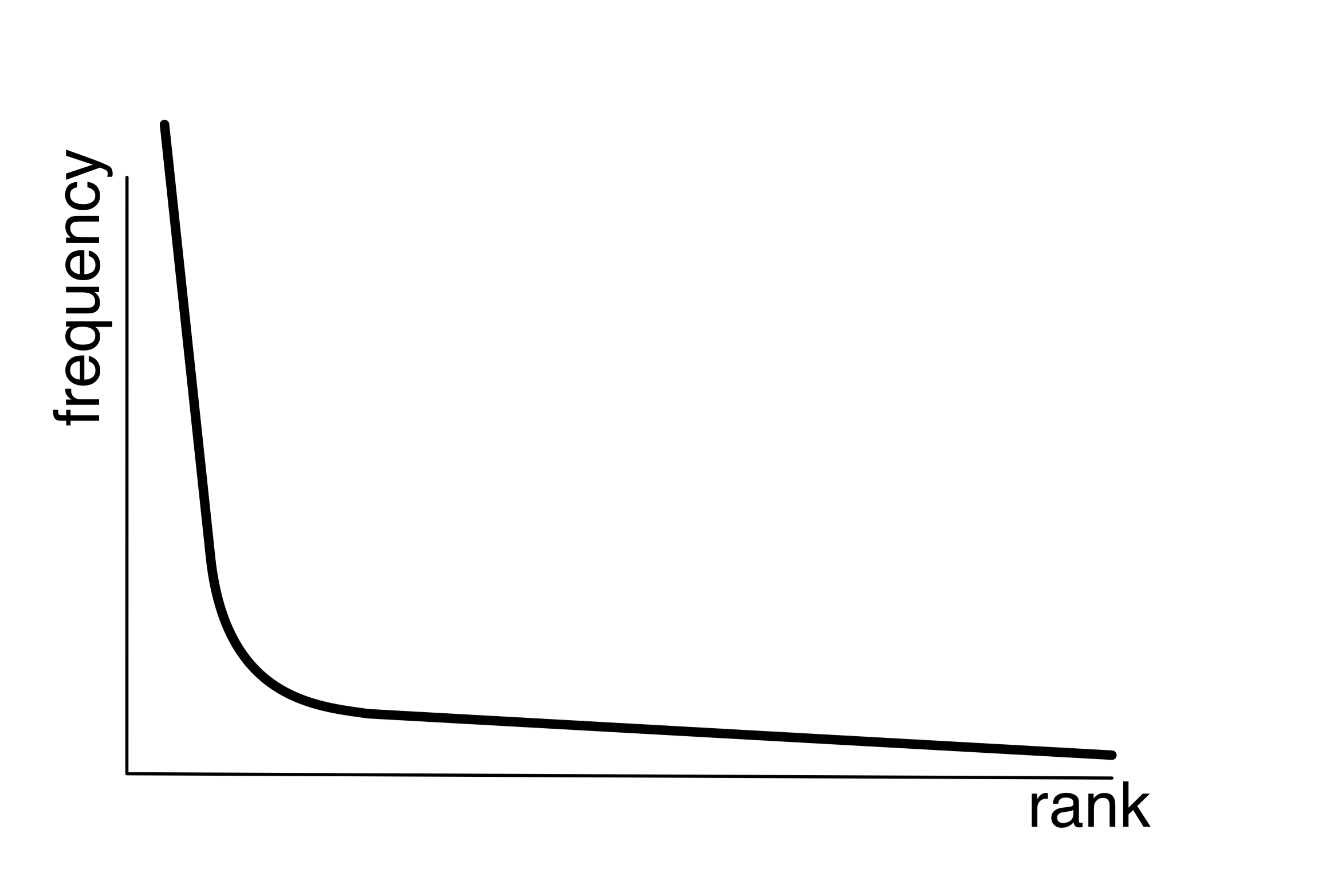
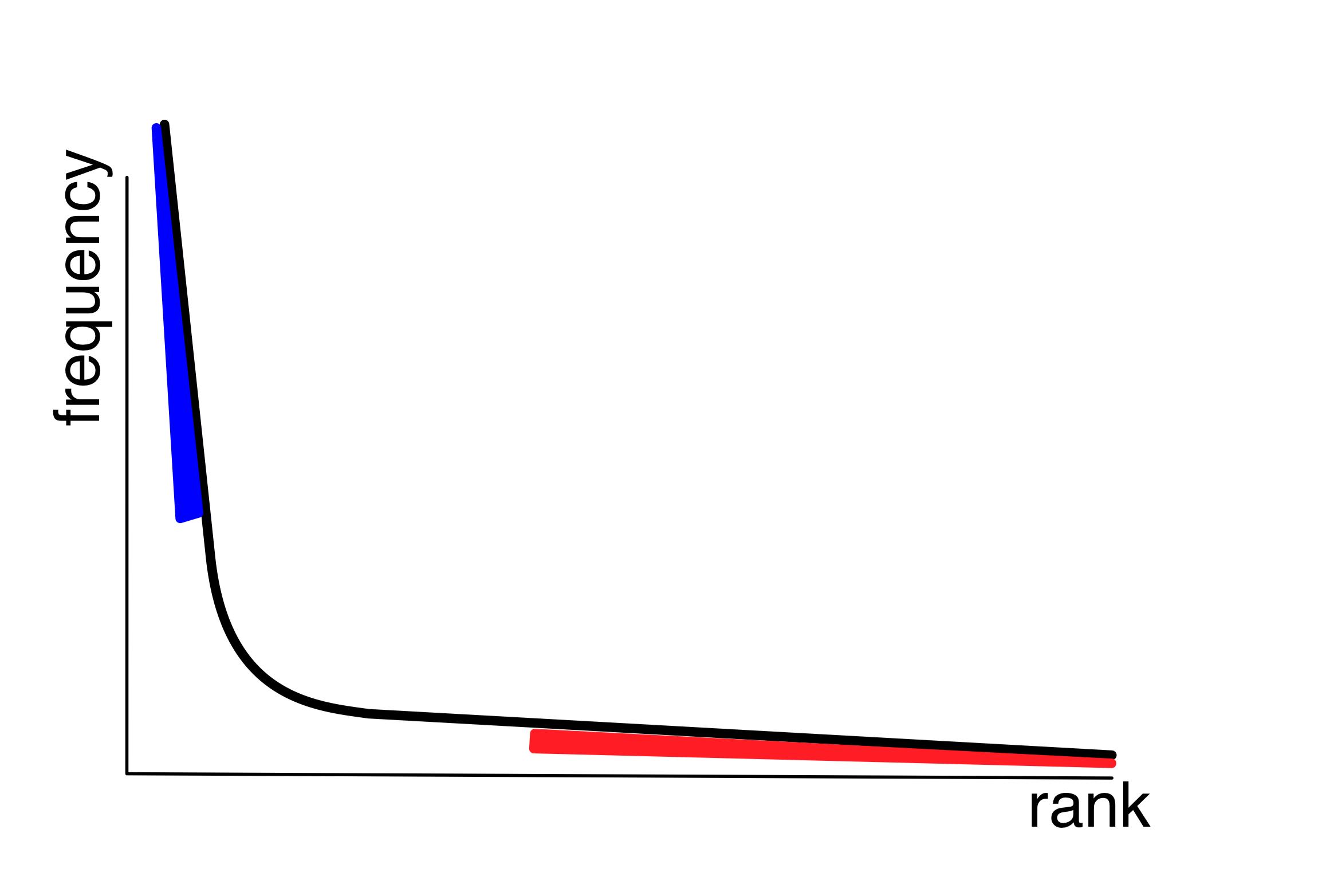

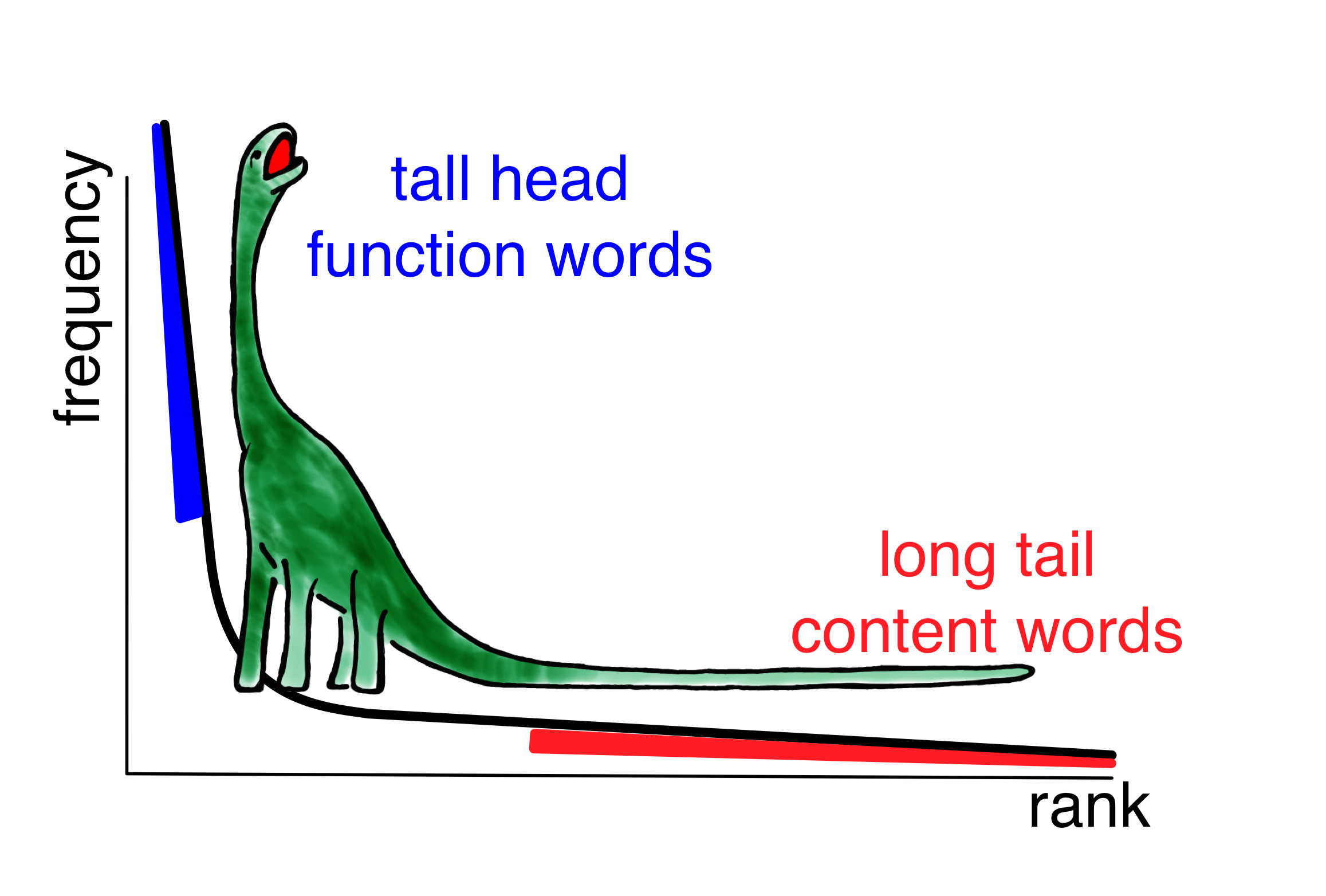
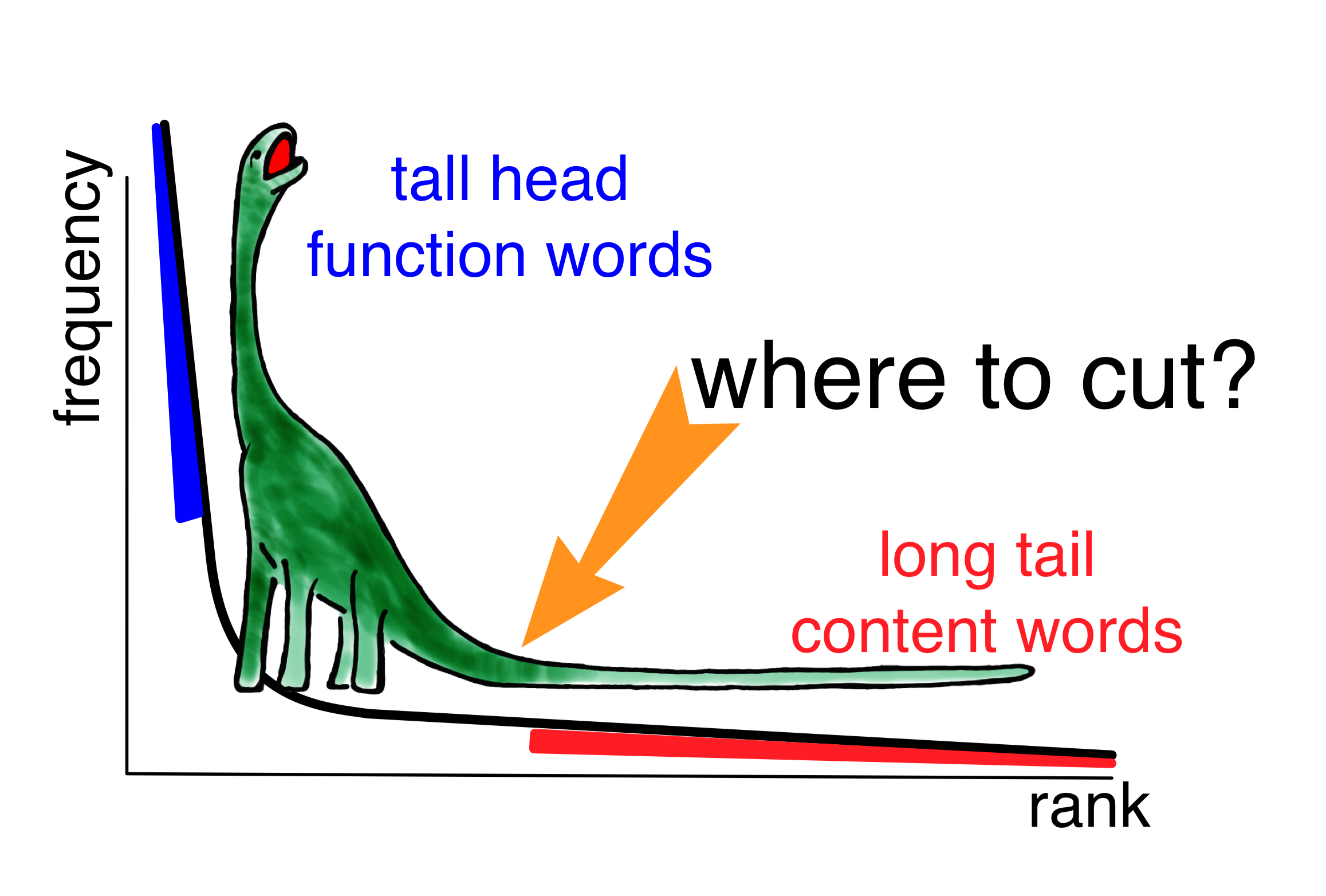
- To extract content elements,
- we need to use objective criteria.
- We will apply cooccurrence patterns as the solution.
- Afterwards, we will explain how to generate the cooccurrence patterns.

Result: over 5,000 patterns in the Kokinshu containing the warbler.
Co-occurrence Weight: cw
- The co-occurrence weight, cw, is a weight calculated for any two words that co-occur in a waka, similar to the weighting of tfidf's idf.

Co-occurrence Weight: cw

- Where w is a weight, t, a token, and N the number of tokens.
- The function, idf, is called the "inverse document frequency."
Co-occurrence Weight: cw

- The function, cw, is called the "co-occurrence weight," which allows us to examine the patterns of poetic word constructions through mathematical modeling.
Co-occurrence Weight: cw
- This method and verification of modeling are detailed in Chen et al. (2023).
- Using the distribution of cw, we analyze the patterns found in the waka that pertain to the warbler.
- Each cw is a weight of geometric means of any two words.
- The distribution of cw values is considered to form a kind of normal distribution.

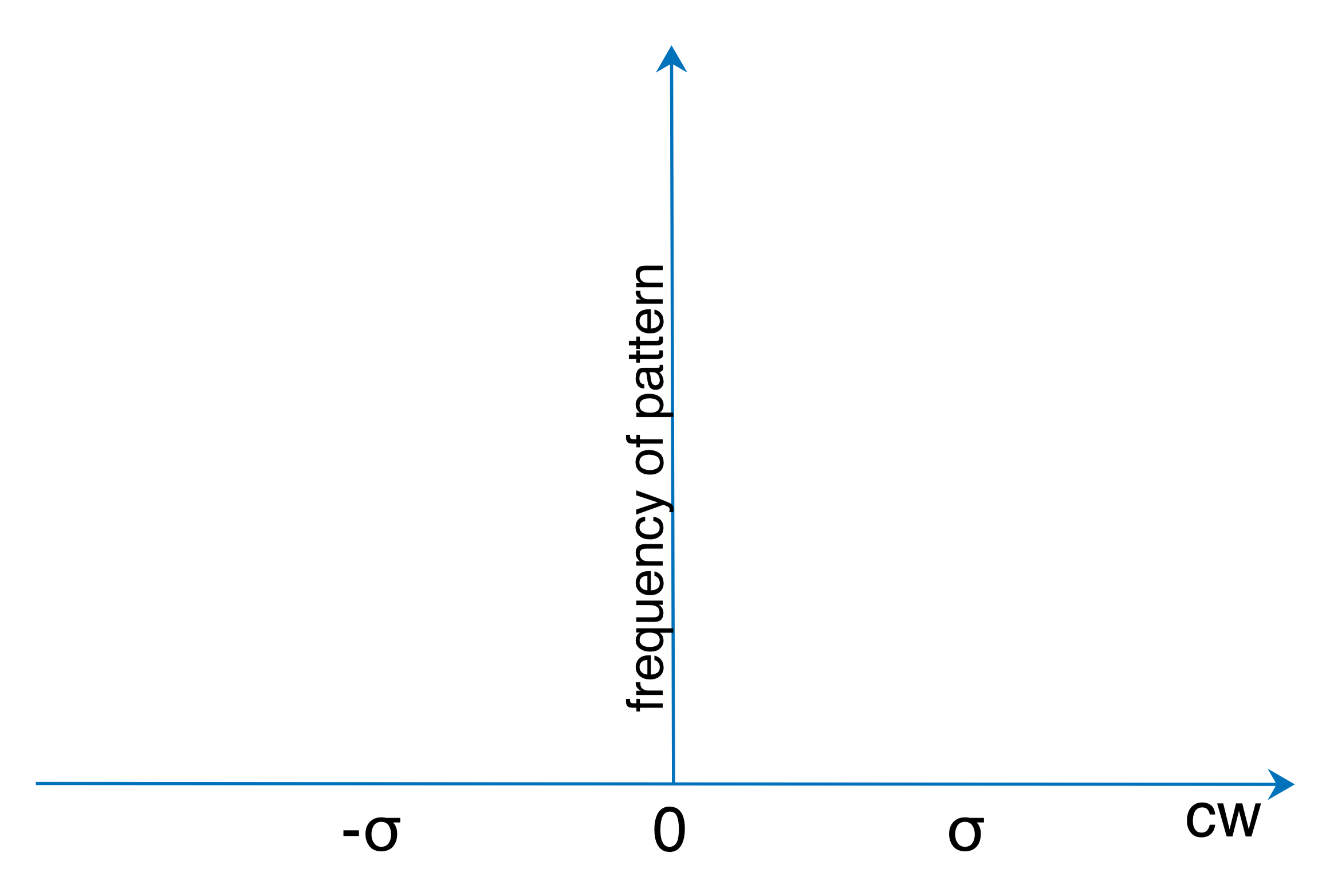
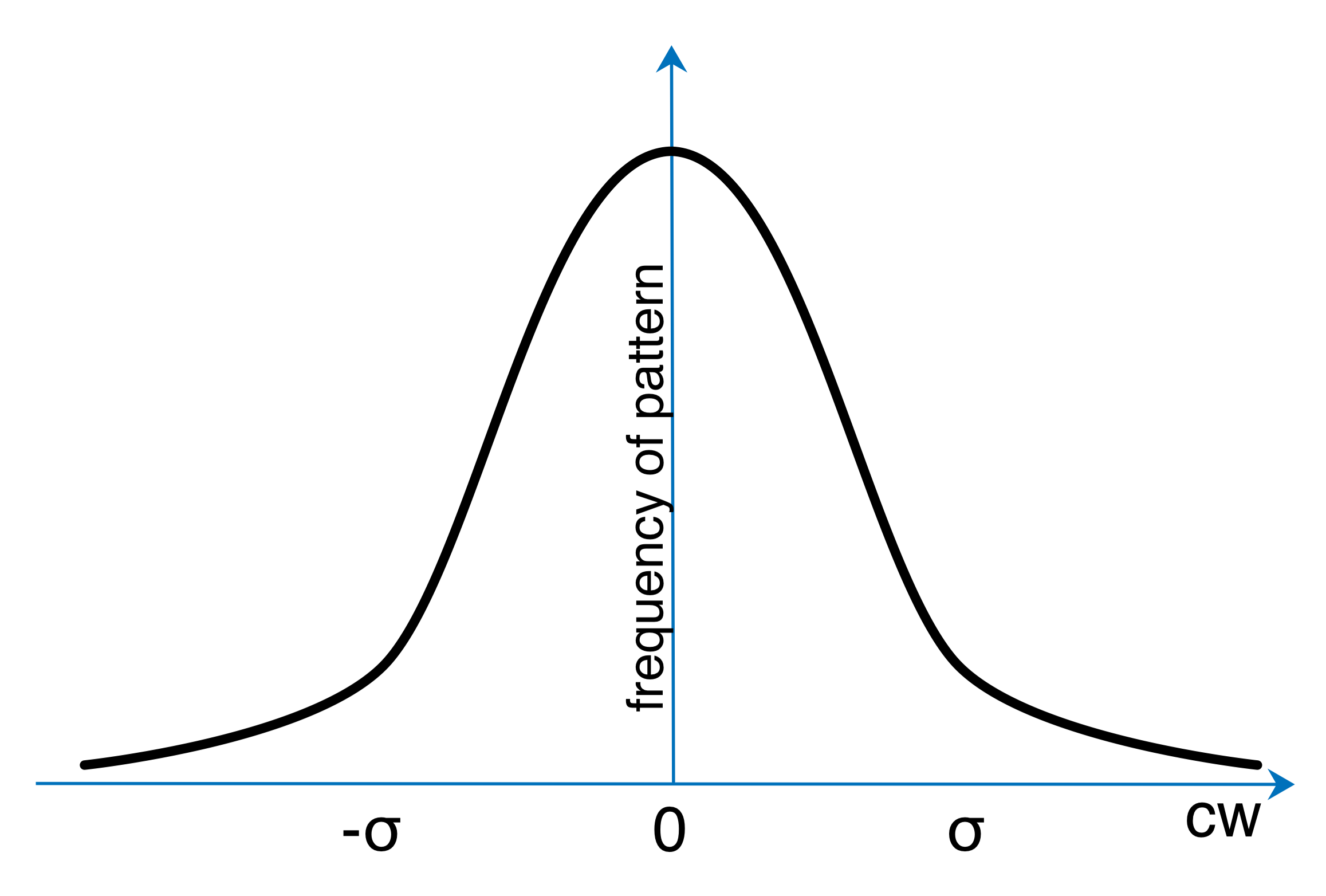
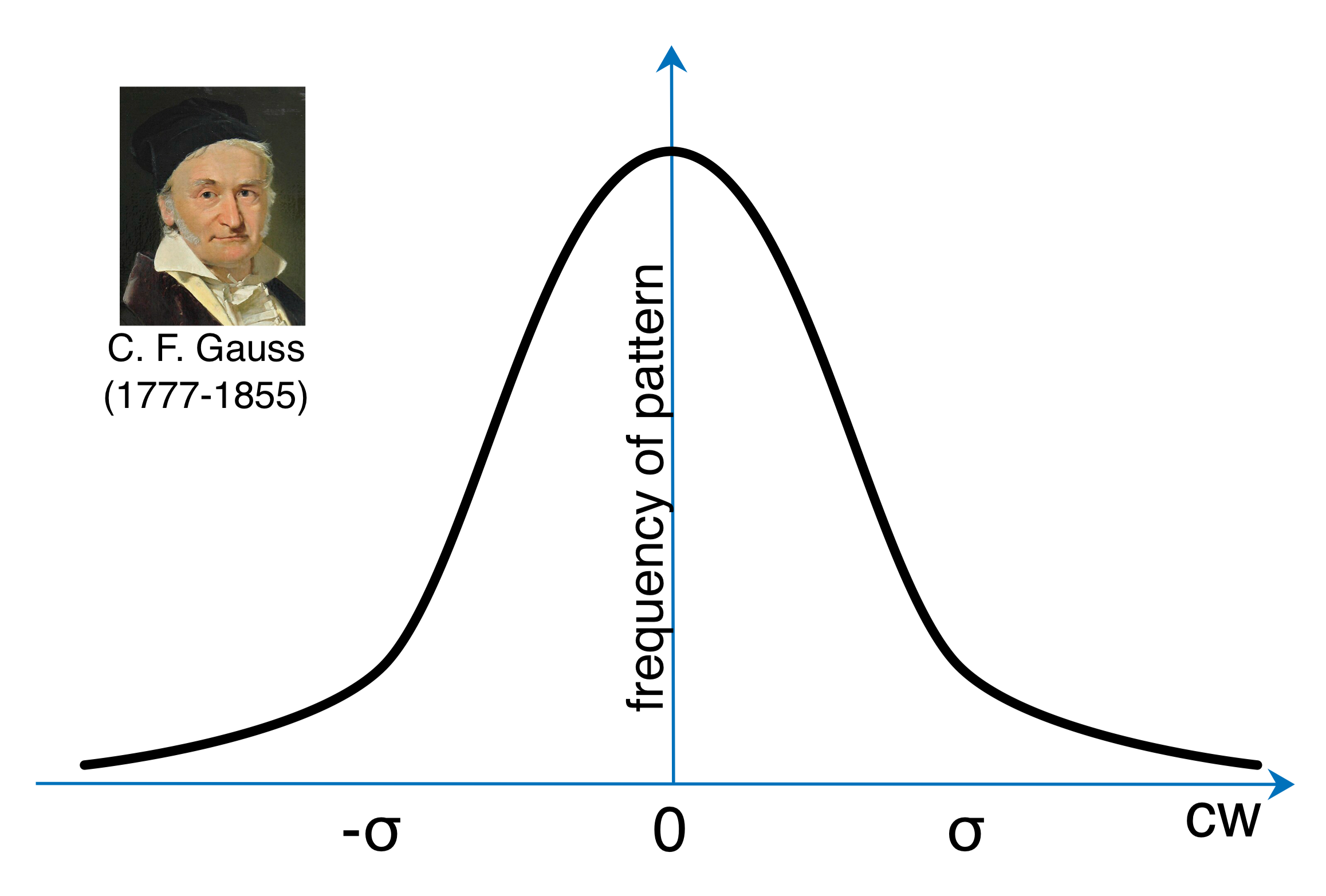


take from patterns with +1σ
Materials
Materials
- The modern translations of the other 7 anthologies of the Hachidaishū have not yet been digitized.
- The analysis will proceed not by looking at the form of the poems but by using a visualization system that displays their content.
Zenodo dataset


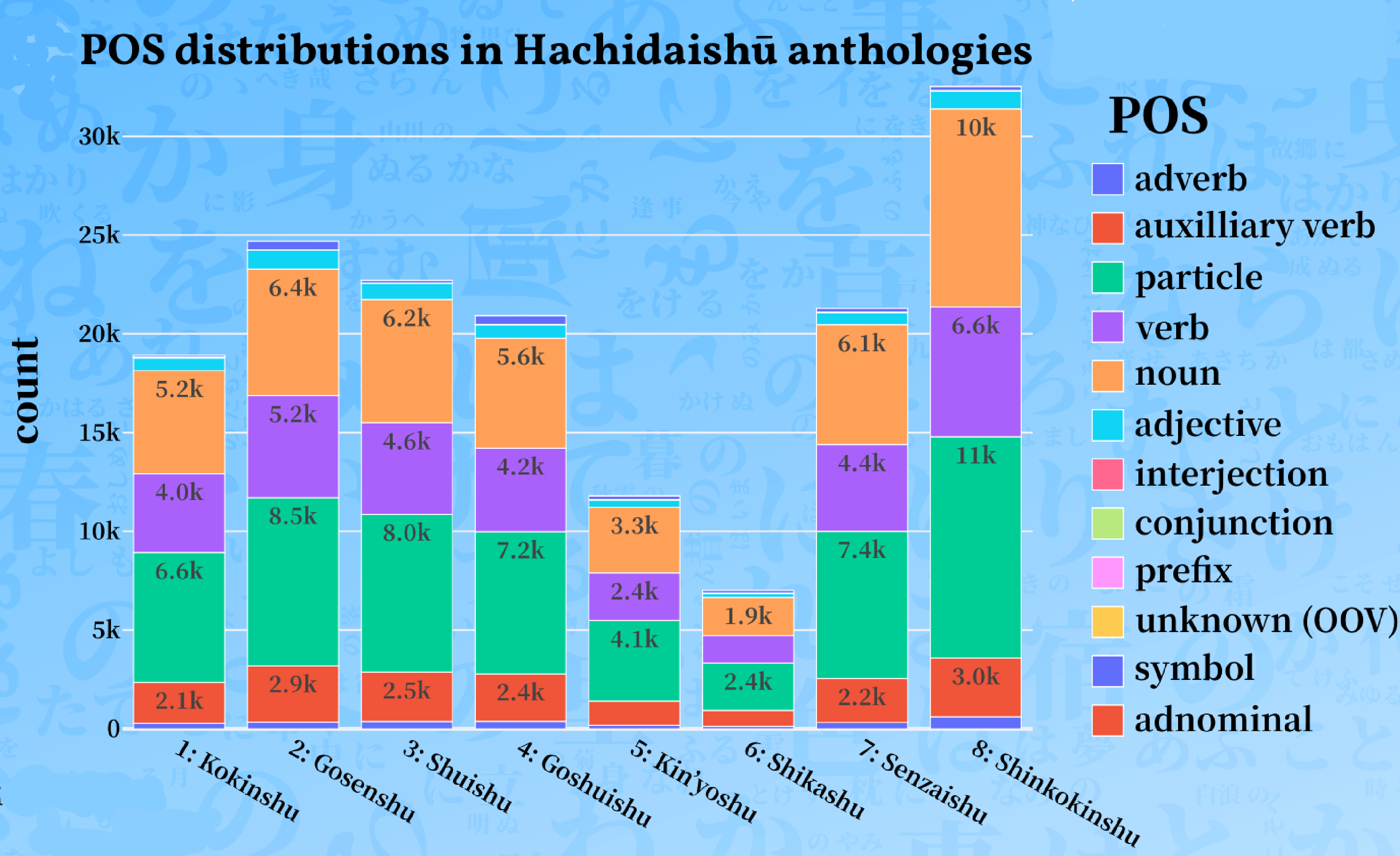
Results

Distribution of cw values (after normalization by z-value)
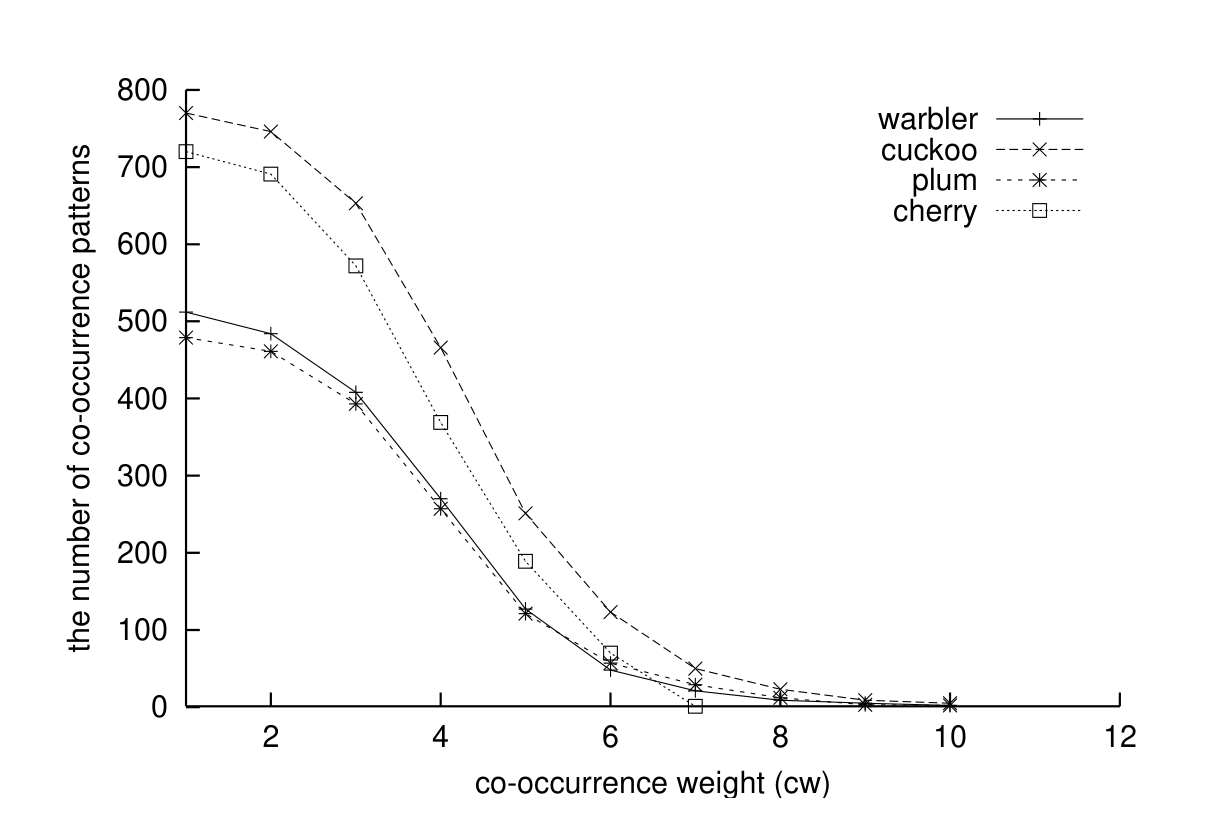
cw and cumulative frequencies of waka terms
Plum
Plum cooccurrence table (cw over 2.50; upper 10 patterns)
------------------------------------------------------------------------
t1--------- t2---------
cw fq idf fq/all idf fq/all Pattern t1--t2
------------------------------------------------------------------------
1 4.09 2 7.77 2 4 7.08 2 8 Bamboo Hat--Sewing
2 3.69 9 4.76 9 82 4.17 23 145 Fragrance--Plum
3 3.44 1 7.21 1 7 9.16 1 1 Garden--Branch
4 3.41 1 8.06 1 3 8.06 1 3 Single Thread--Flower Hat
5 3.35 1 7.77 2 4 8.06 1 3 Bamboo Hat--Flower Hat
6 3.35 1 8.06 1 3 7.77 2 4 Single Thread--Bamboo Hat
7 3.35 1 8.06 1 3 7.77 1 4 Spring Area--Dark Mountain
8 3.28 6 4.17 23 145 4.54 6 100 Plum--Warbler
9 3.27 2 7.77 2 4 4.54 6 100 Bamboo Hat--Warbler
10 3.20 1 8.06 1 3 7.08 2 8 Flower Hat--Sewing
Warbler
Warbler cooccurrence table (cw over 2.50; upper 10 patterns) [visualization] ------------------------------------------------------------------------ t1--------- t2--------- cw fq idf fq/all idf fq/all Pattern t1--t2 ------------------------------------------------------------------------ 1 4.00 2 7.77 2 4 7.08 2 8 Bamboo Hat--Sewing 2 3.42 16 4.54 26 100 3.09 16 426 Warbler--Chirping 3 3.36 1 7.21 1 7 9.16 1 1 Garden--Branch 4 3.34 1 8.06 1 3 8.06 1 3 Single Thread--Flower Hat 5 3.28 1 7.77 2 4 8.06 1 3 Bamboo Hat--Flower Hat 6 3.28 1 8.06 1 3 7.77 2 4 Single Thread--Bamboo Hat 7 3.21 6 4.17 6 145 4.54 26 100 Plum--Warbler 8 3.20 2 7.77 2 4 4.54 26 100 Bamboo Hat--Warbler 9 3.13 1 8.06 1 3 7.08 2 8 Flower Hat--Sewing 10 3.13 1 8.06 1 3 7.08 2 8 Single Thread--Sewing
Plum ∩ Warbler
Plum ∩ Warbler combined table (cw over 2.50; upper 10 patterns)
------------------------------------------------------------------------
t1--------- t2---------
cw fq idf fq/all idf fq/all Pattern t1--t2
------------------------------------------------------------------------
1 3.69 9 4.76 9 82 4.17 23 145 Fragrance--Plum
2 3.35 1 8.06 1 3 7.77 1 4 Spring Area--Dark Mountain
3 2.98 5 4.17 23 145 4.11 5 159 Plum--Fold
4 2.93 17 4.17 23 145 2.30 17 888 Plum--Flower
5 2.85 1 8.06 1 3 5.63 1 34 Spring Area--Marked
6 2.83 1 7.37 1 6 6.07 1 22 Mist--Line Up
7 2.80 1 5.63 1 34 7.77 1 4 Marked--Dark Mountain
8 2.76 1 8.46 1 2 5.01 1 63 Human--Separate
9 2.76 1 5.28 2 48 8.06 1 3 Darkness--Spring Area
10 2.76 1 8.46 1 2 5.01 1 63 Human--Eye
- The extraction of content words was almost realized.
- Using the cw value cutoff, is it possible to visualize the warbler waka?
after the Kokinshū, and
explore humorous elements in the warbler waka
using the visualization system.
Discussion
Puns and wordplay
- Puns and wordplay are often used in waka poems.
- Although these can be used skillfully to create surprise and interest, cw as used in this study prioritizes content words.
- This makes it difficult to approximate puns and wordplay based on phonetic similarity.
Personification
- One of the remarkable techniques used in waka poems in the Kokinshū is the use of personification.
- Personification is a technique that gives human emotions and actions to nature and animals.
Personification
In the preface, Kananojo, it is said that when you hear the voices of the warbler singing in the flowers and the frog living in the water, how can you say that any living creature has not composed a poem?Personification
Poem authors borrow the words of personified nature and animals, or speak to them, to appeal to the reader with their emotions. (Ozawa 1971:29)Personification
Oritsureba / Sode koso nioe / Ume no hanaAritoya koko ni / Uguisu no naku
When I break the twig, / The scent clings to my sleeve, /
Plum blossoms.
Is it here? / The warbler sings.
(Kokinshū, ca.905; 10032 Anonymous)
Figure: Plum and warbler is a depiction of the humorous context found in a poem about a warbler.
Did you notice them?
#1
The first is that the fragrance of the plum blossoms easily sticks to the sleeves through just the act of breaking a branch.Does that easily happen?
This is a bit exaggerated and happens to be a little unrealistic.
#2
The other is that warblers, in general, fly into a human's sleeve and take risks.Do you really think they do?
Not only warblers but also other birds are not stupid enough to fly into a human's sleeve.
- The author created this poem which includes unrealistic things as if they were true.
- The author is a big liar from the beginning.
- The scene of reciting waka is a solemn scene in the imperial court.
- Therefore, it looks true at first glance.
- But when you think about it calmly, you realize that it is a big lie.
- This poem is quoted in the Tale of Genji:
- Volume 49, Yadorigi, Chapter 8,
- Scene of the marriage of the second daughter of Hikaru Genji,
- Ninomiya marries Kaoru and moves to the residence of the Sanjo Palace.
Wokashi no hito no ohm-niohi ya.
woritureba, toka ihu yau ni,
uguhisu mo tadune kinu beka meri"
It's that wonderful scent of that person.
Even the warblers might come to visit you,
as if to say, "if you fold it,..".
(The Tale of Genji, 8.5.5)
explore humourous waka from other anthologies.
We will focus on "warbler" and verb "to break" in the visualization.
Warbler and break in Shūishū (ca. 1005)
how will it manage to build its nest from now on?

30354 Anonymous/Shūishū (ca. 1005),
Uguisuno / sutsukuru eda wo / oritsureba / kouha ikadeka / umamutosuran
Teasing more
In the Senzaishū (1188) 70027by Minamoto no Sanesada
If the warbler's voice changed because of the plum blossom's fragrance,
Ume ga ka ni koe utsuriseba
it would have been better if the branch on which it sings had been broken.
uguisuno sutukuru eda wo ooritsureba kouha ikadeka umamutosuran
- This is rather teasing, than humorous.
- "Warbler" is often used as material for waka, and is quoted in the Tale of Genji.
- However, warblers do not change their voices because of the fragrance of plum blossoms.
- We notice that the author is a big liar from the beginning.
- Almost no waka experts have made this kind of observation.
Waka for contemporary people
It is a great thing that the laughter of poetry is guaranteed to transcend the ages.Conclusions
The end.